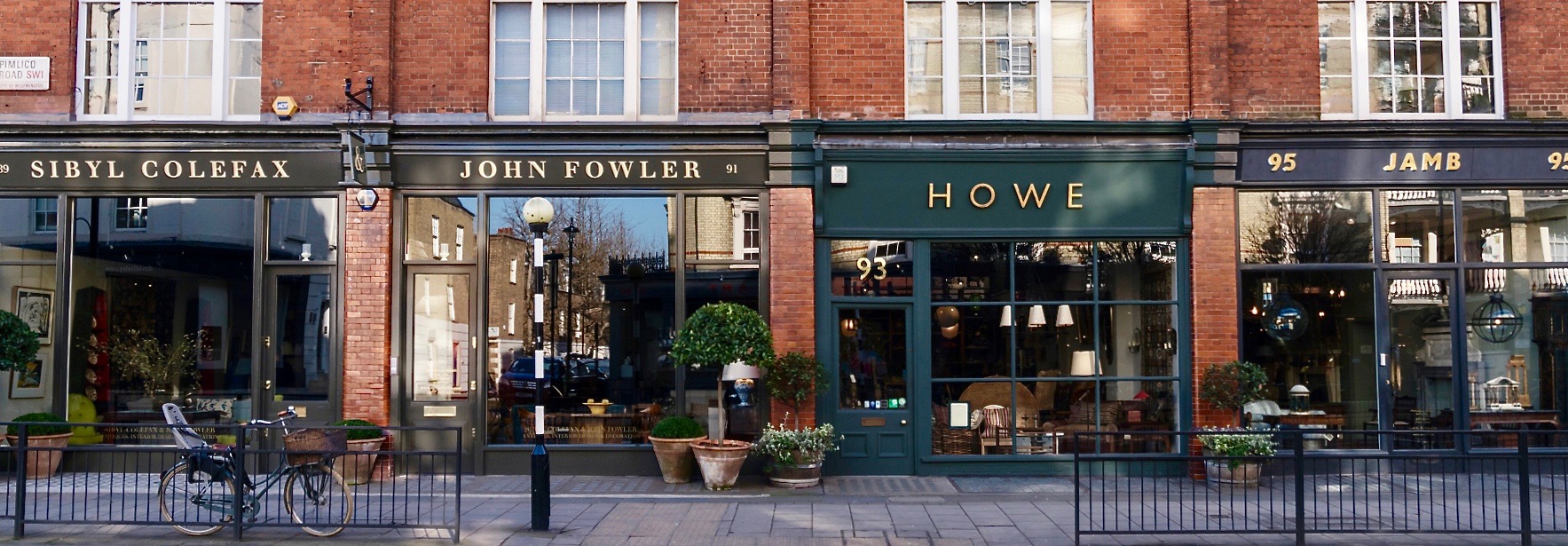Effect Magazine talks to current store-holders Lulu Lytle, Chris Cox and Christopher Howe – and the street’s landlord, Grosvenor – to track Pimlico Road’s evolution and the source of its enduring appeal.
Edgar Allan Poe described it as “barren fetid damp waste”. Two hundred years later, it’s a mecca for high-end interior designers and architects.
The transformation kicked off under master builder Thomas Cubitt in the 1820s, when this uninviting marshy area just south of London’s Belgravia was reclaimed using the soil excavated during the construction of St Katharine docks near Tower Bridge.
The result was the new district of Pimlico, whose grid of Regency-style white stuccoed terraces soon filled with the middle classes. Now, interior designers and architects bounce from shop to shop along Pimlico Road and its surrounding streets, sourcing everything from furniture and fabrics to lighting and paint. And while the area is a one-off, it hasn’t stood still, changing as tastes have changed.
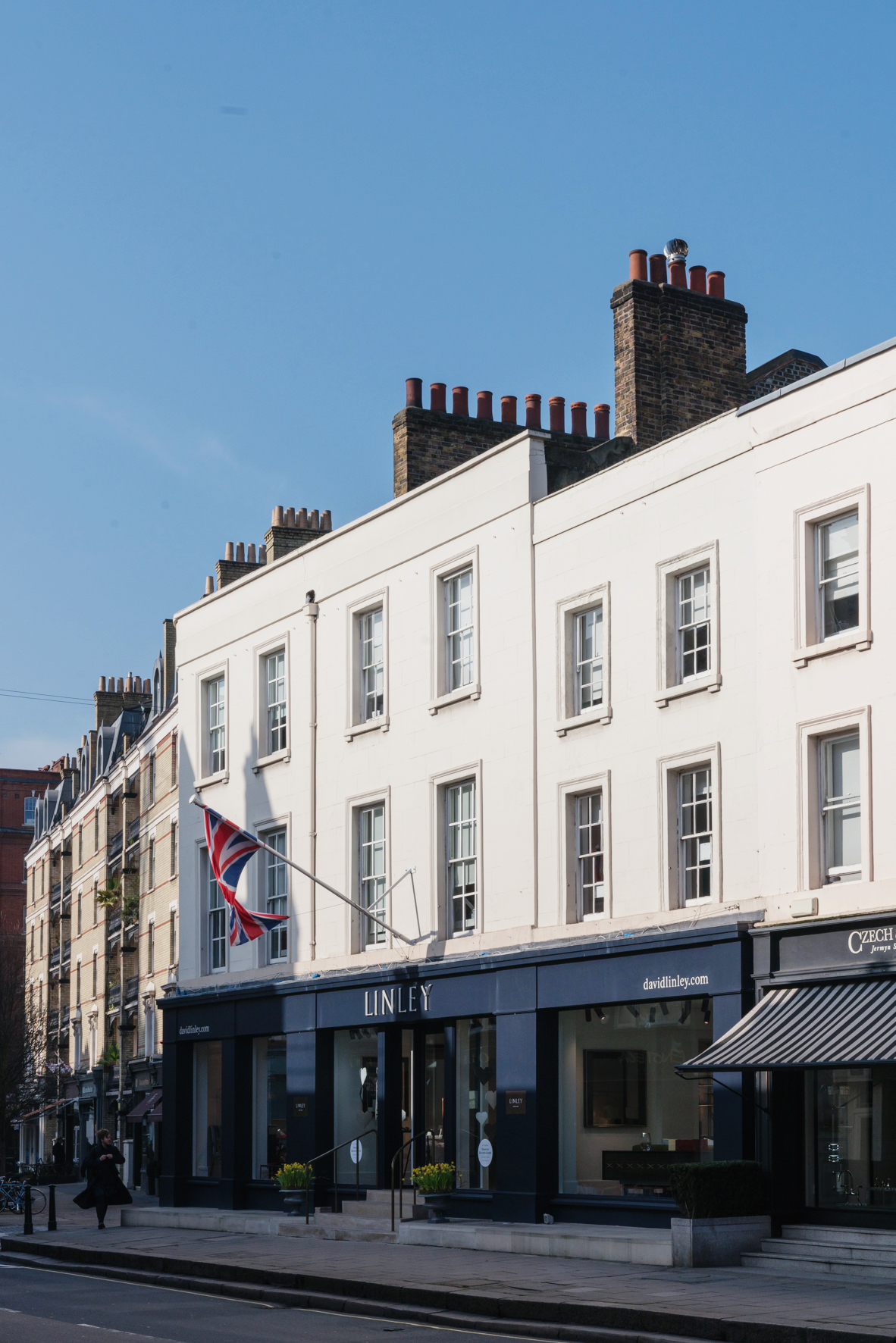
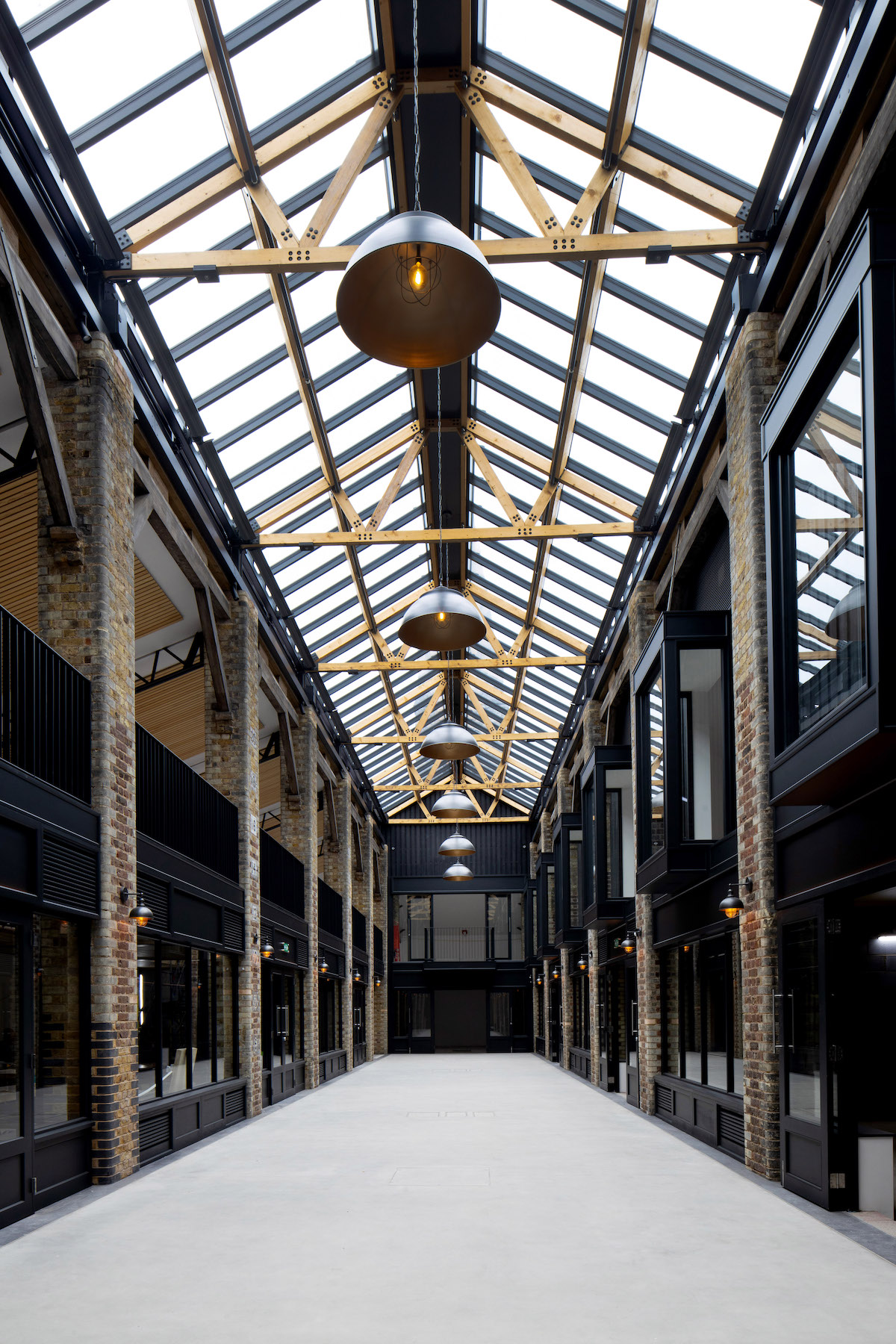
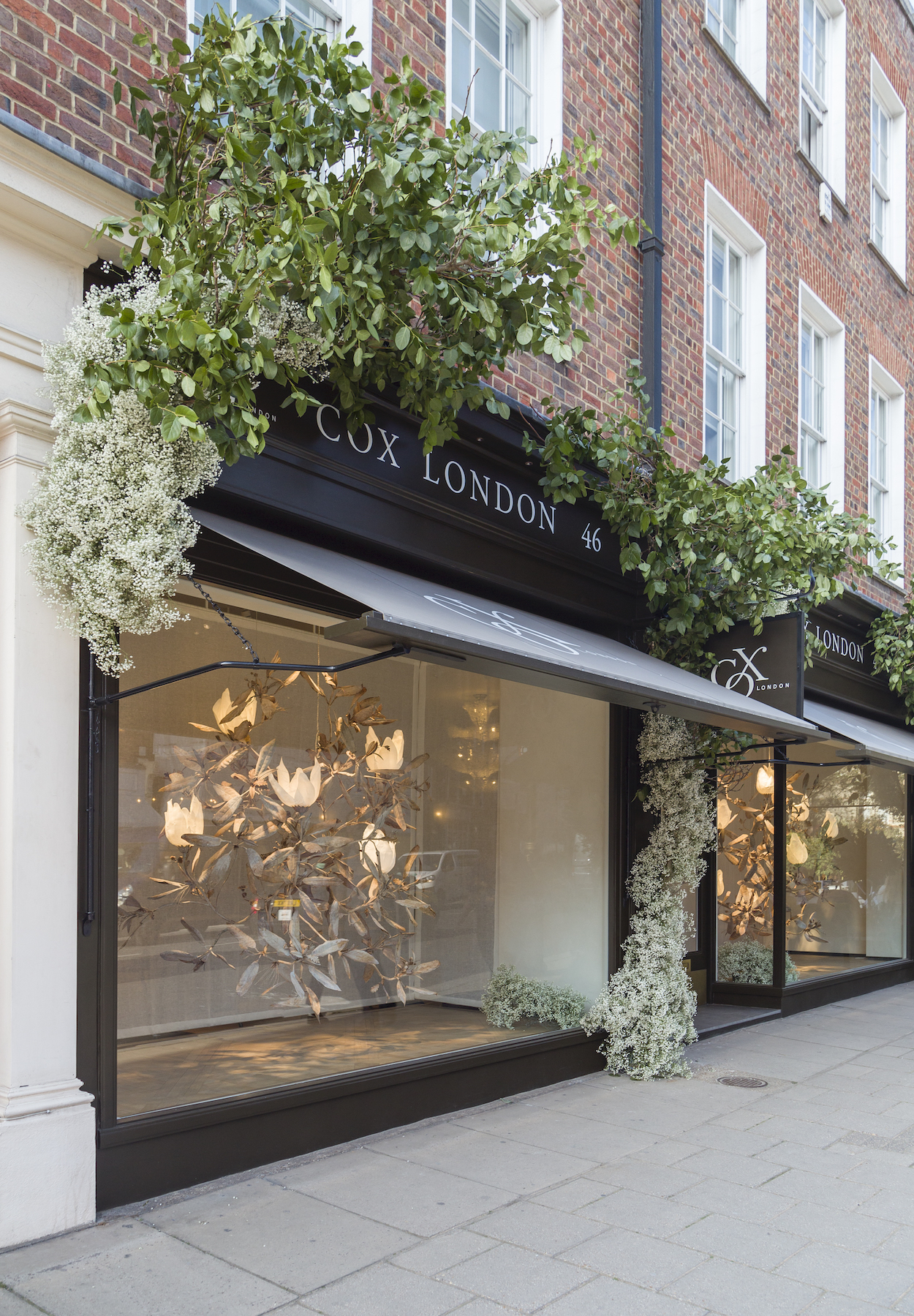
The seed of Pimlico Road’s USP was sown in 1960, when it was still a shabby backwater. That year, Polish-born builder Albin (known as Alec) Ossowski, who had arrived in the UK after World War II, opened the first antiques shop there. The family-run dealership is still going, specialising in English 18th-century gilded furniture.
It was a street full of antique shops, very glamorous, with fabulous windows. I was awestruck.
Christopher Howe, antique dealer and furniture maker
Ossowski was soon followed by Geoffrey Rose, who traded in 18th-century English antiques for nearly 40 years, and then Lennox Money. By the 1970s, the road was hitting its stride as more antiques dealers and designers moved in, including famous dealer and decorator, Geoffrey Bennison.
With the explosion in popularity of the English country house look, Pimlico Road was the place to be and the place to shop. It was choc-a-block with “legendary dealers”, recalls Chris Cox of recent arrival Cox London.

Mark Boyce, formerly of the Pimlico Road Association, gives a roll call of past purveyors of luxurious extravagance who frequented the street: Anthony Hail, Jaime Parladé, David Easton, David Hicks, Mark Hampton, Mary Fox Linton, Mario Buatta, Jed Johnson, Jacques Grange, Jacque Garcia and Alidad. These designers rubbed shoulders with deep-pocketed collectors and celebrities from Richard Geer and Anne Bancroft to Rudolph Nureyev.
Antique dealer and furniture maker Christopher Howe remembers finding the road “full of antique shops, very glamorous, with fabulous windows. I was awestruck.” It was 1987, and he immediately set about taking a space there. He recalls that in those days, units had to be handed on to the same sort of business. If the previous tenant had sold blue and white china, that’s what their successor had to sell. “They didn’t want change; they wanted to maintain the character of the street and keep the same balance of businesses,” he says of the landlord, Grosvenor.
Right up to the early 1990s, domestic and international customers from around the world were “in love with the English Victorian thing”, he adds, as “people were restoring houses to their original look.”
But in the noughties, the craze for mid-century modern furniture took hold. Few of the London dealers could compete with those in Paris and New York. Some took a different – perhaps daring – route, and started making ‘repro’ furniture. “In previous decades, reproduction was a dirty word – people wanted the real thing,” says Chris Cox. “Now, it doesn’t matter, it’s just a fantastic look.”
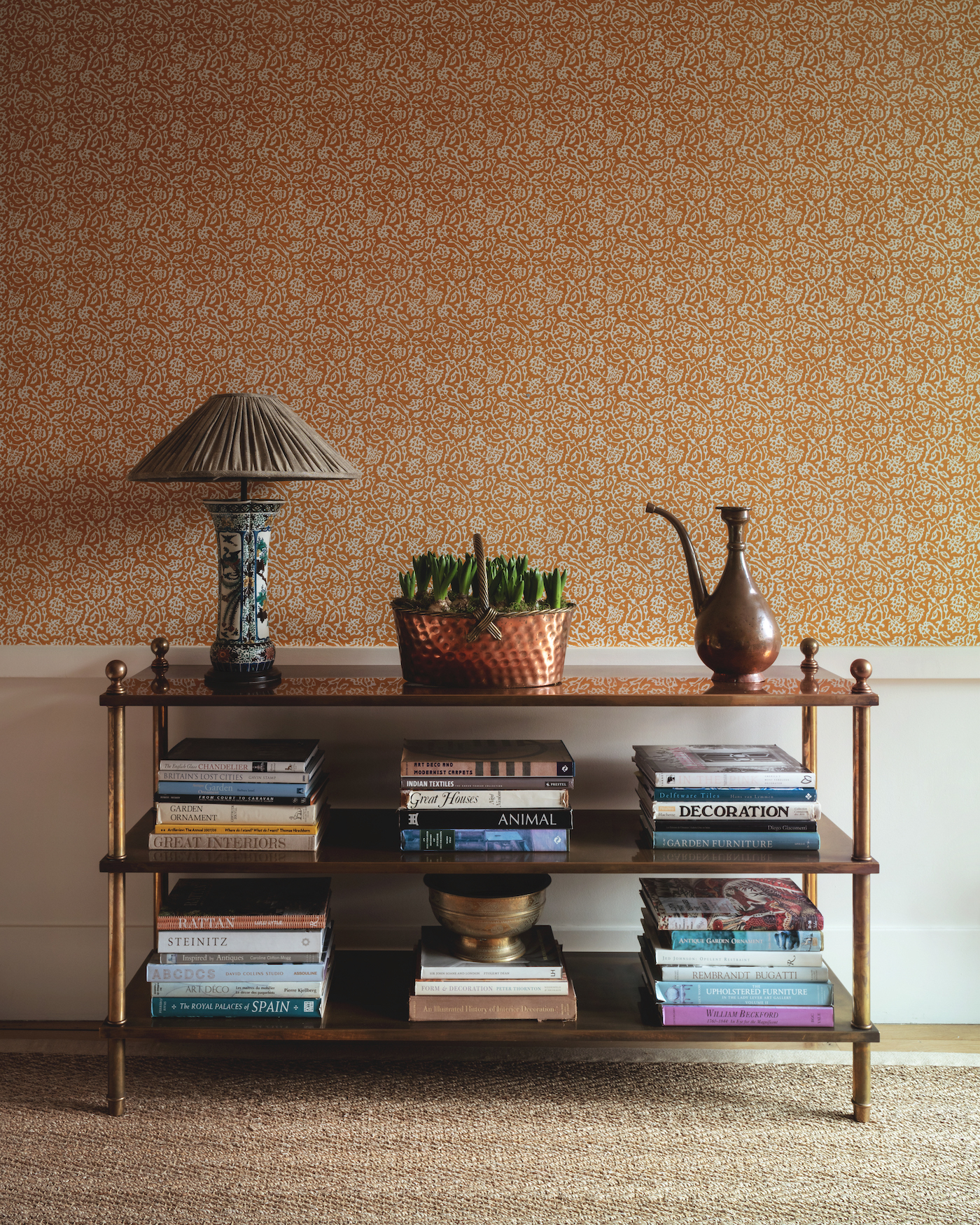
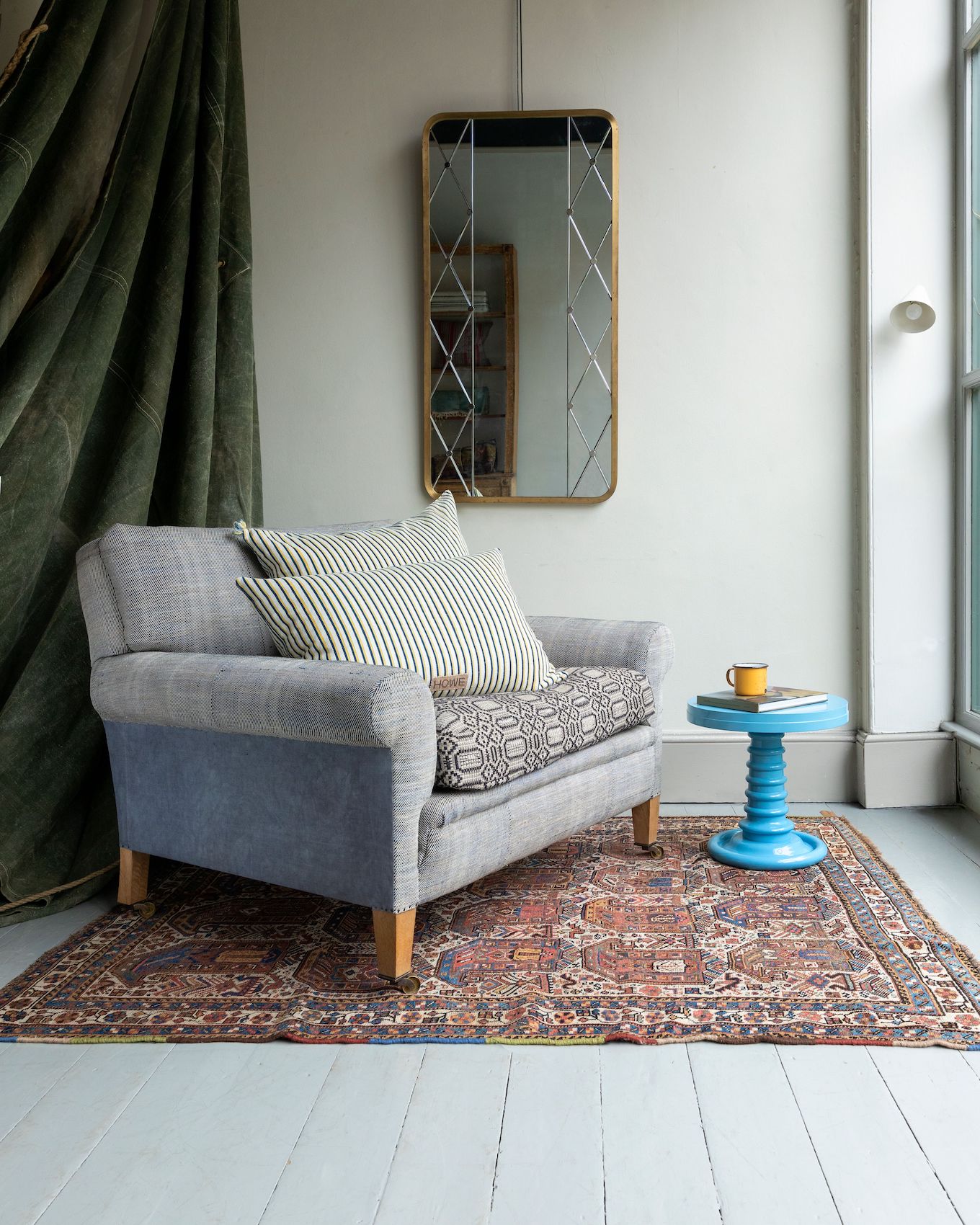
Lulu Lytle at Soane Britain and Howe spearheaded this idea of mixing their own new furniture with antiques. It caught on, and helped prop Pimlico Road up, when other London antiques enclaves were suffering, says Howe.
Cox London, which took a big showroom on the street in 2022, also makes period-inspired pieces from scratch. “People are now open to commissioning bespoke versions of the past,” says Cox.
We want to remain faithful to the fact that Pimlico Road is about heritage as well as craftsmanship.
Jane Macdiarmid, Grosvenor
These makers sit alongside antiques dealers of decades standing, like Anthony Outred. But as the old guard retire, who will fill their tastefully scuffed brogues? Landlord Grosvenor seems to appreciate that antiques are a key part of what makes the area special. “We want to remain faithful to the fact that Pimlico Road is about heritage as well as craftsmanship,” says Jane Macdiarmid, Grosvenor’s retail director for Belgravia. “Antiques reinforce that message. We don’t want to fall below a threshold of around 30% of antiques.” But she admits that “it’s really hard to find antique dealers to come on, because so much of their world is now online or selling through the big shows, they don’t see the need for a big retail unit in central London.”
Lytle of Soane Britain says she wouldn’t mind if Grosvenor gave a better rental deal to antique dealers: “I think they add so much to the street.”
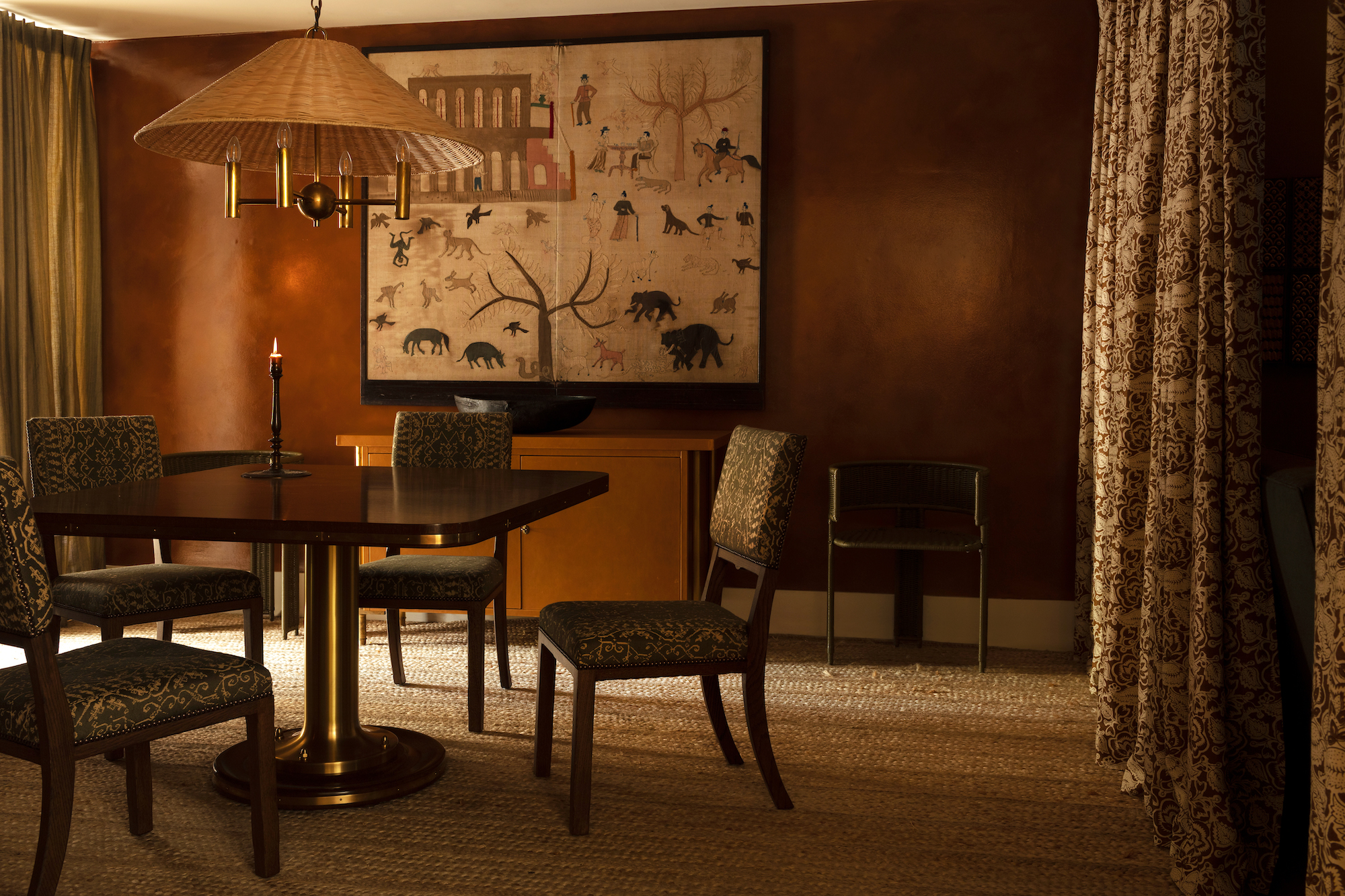
Grosvenor itself targets potential tenants, and some existing tenants have suggested new people to the landlord in a bid to avoid the mix being diluted with international design chains or – worse still – fashion brands. For example, Lytle recommended Cox London, and Jane Churchill vouched for Chelsea Textiles. That’s a sign of how invested old timers feel in the street, and how protective they are of the distinct mix of businesses.
“Here, pretty much every shop is run by the name over the door,” Lytle says. “Pimlico Road is a bit of a jewel, but they (Grosvenor) didn’t always appreciate what made it a jewel.”
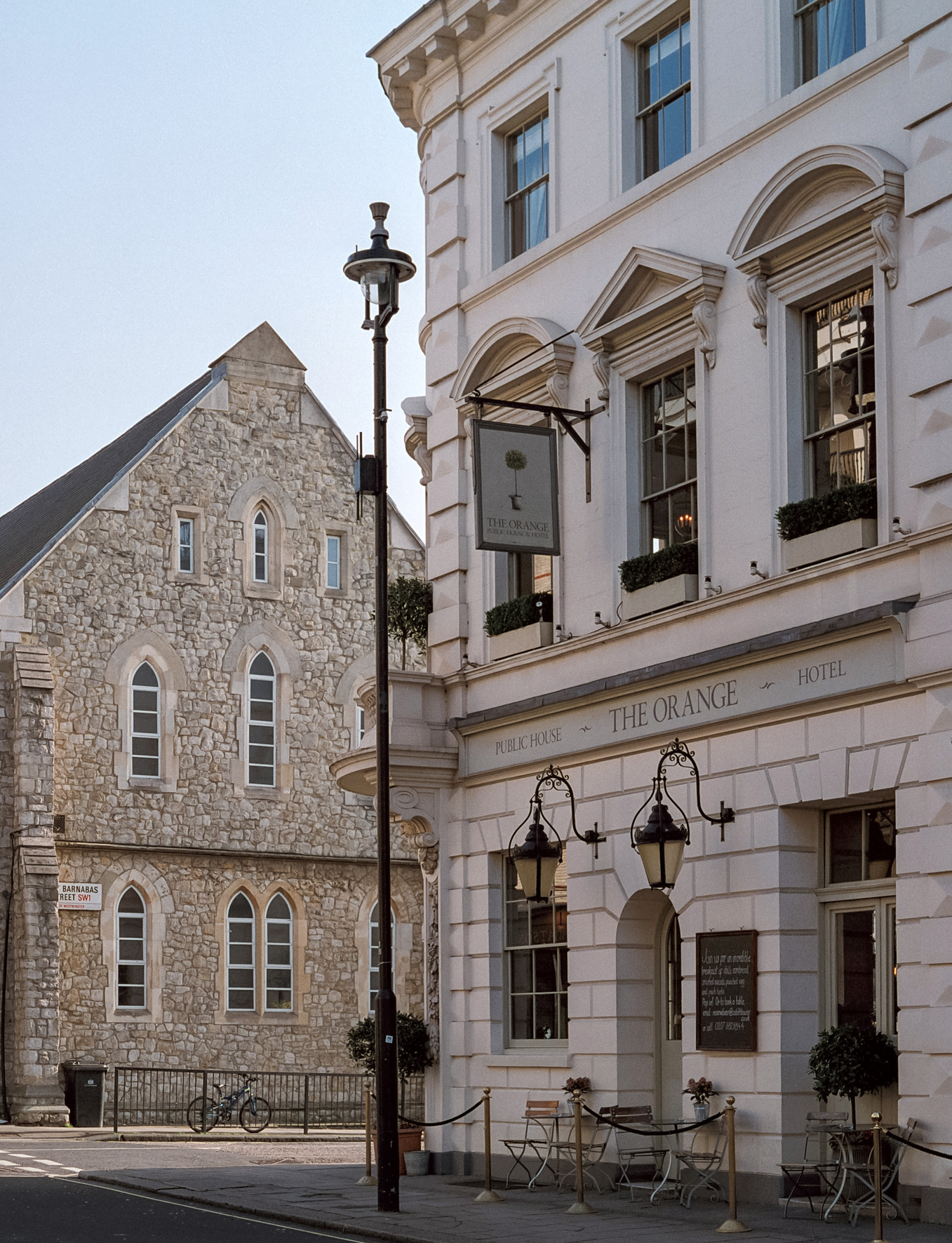
While Macdiarmid may have an eye on the overall antiques quota, Grosvenor’s new development Newson’s Yard tells a different story. The converted Travis Perkins builders’ yard on Pimlico Road is now home to Nina Campbell, handmade lacquer furniture business The Lacquer Company, kitchen makers Plain English, and Modernity.
The latter sells mid-century Scandi furniture and is headquartered in Stockholm. Opening a permanent showroom in London was about reaching an international clientele, says London director Sebastien Holt. Though at first, rather than Pimlico Road’s antique dealers being a draw, they put Modernity off. “We weren’t sure that it was right for us,” he says, “but we were sold on the fact that Newson’s Yard was going to be a hub for Belgravia.”
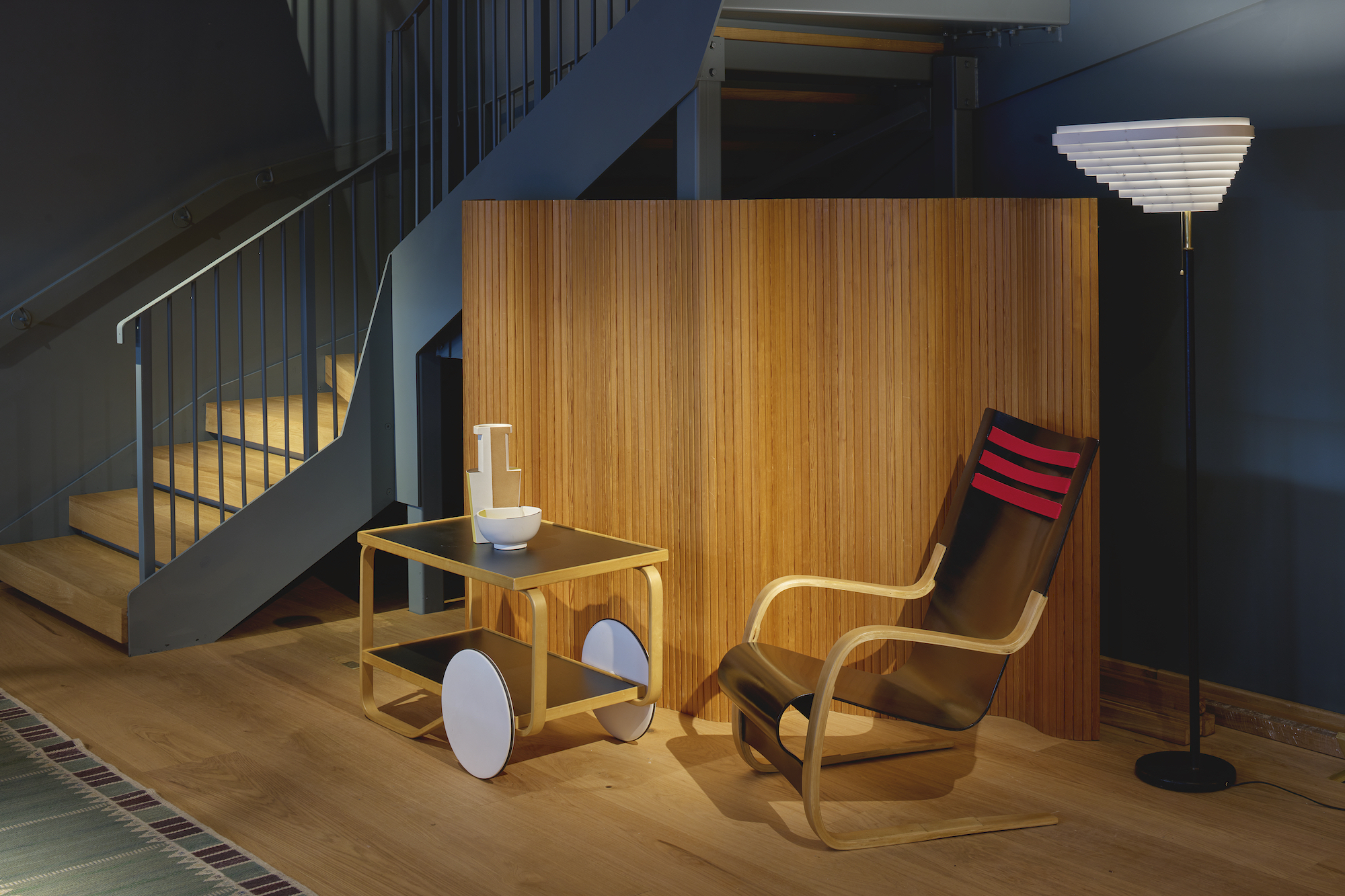
And as tastes have changed, so has the area’s audience. “Pimlico Road is really a B2B (business-to-business) industry, aimed at interior designers rather than the end consumer,” says Macdiarmid, adding that “No one does anything themselves in the US.” Hence Grosvenor’s social media push in US, which has seen New York State, Texas and Atlanta doing particularly well.
But Grosvenor has noticed that in the UK the industry is becoming slightly more business-to-consumer. The arrivals in Newson’s Yard are intended to reflect that, and Macdiarmid hopes “it will be 50–50 interior designers and end-consumers.” It’s easy to be nostalgic for Pimlico Road’s glamorous heyday when its focus was high-end antiques. But it has survived a number of recessions, and as tastes and shopping habits have changed, the area has adapted. “There’s now a good mix of materials, design and periods,” says Lytle. “The hope is that all these shops have quality, integrity and attention to detail in common.”
Read more: Interiors | Design | Antiques | Vintage I Dealers | Mid-Century | Interior Designers | London



